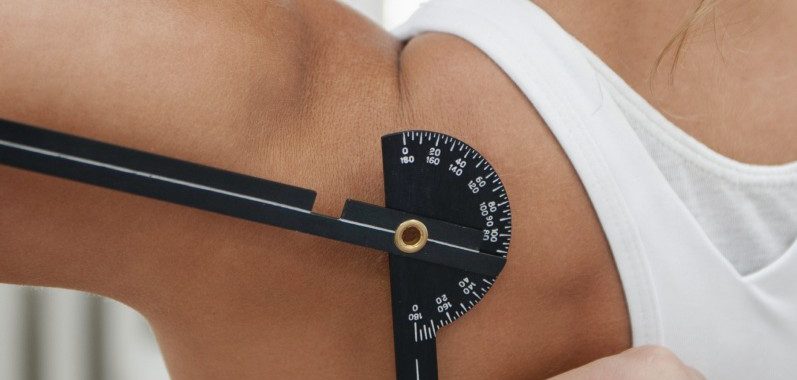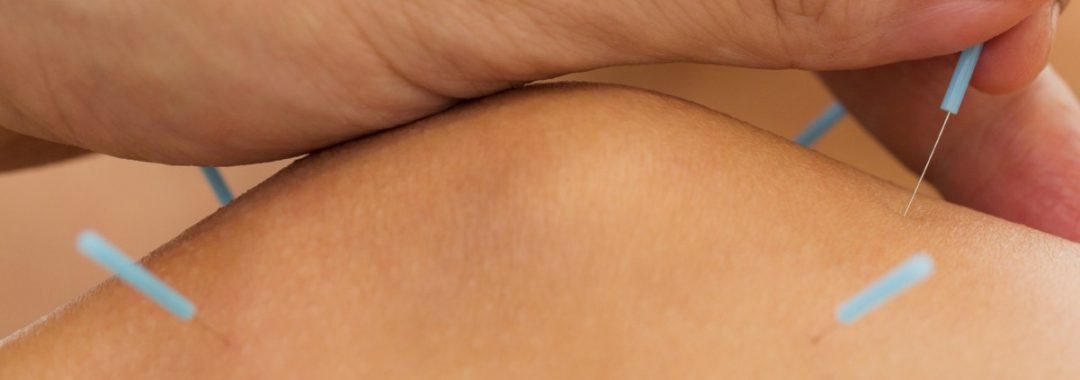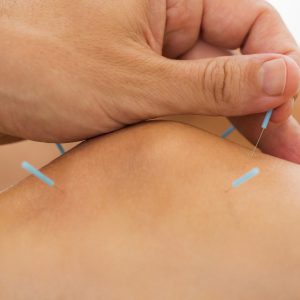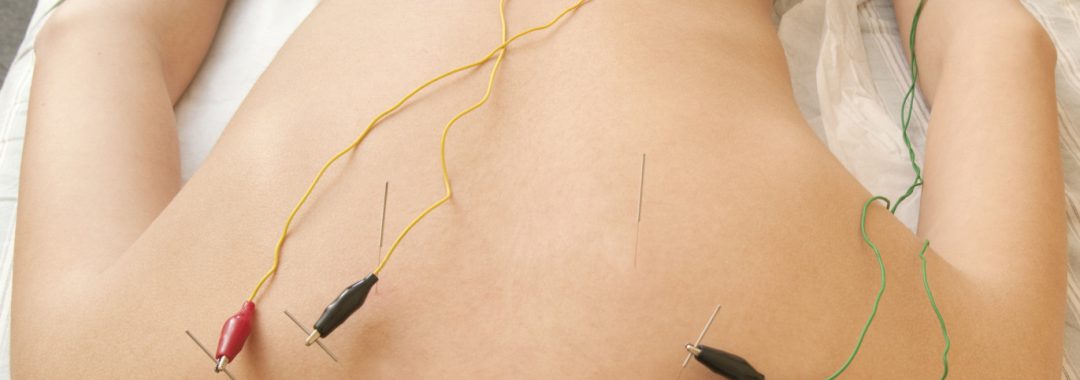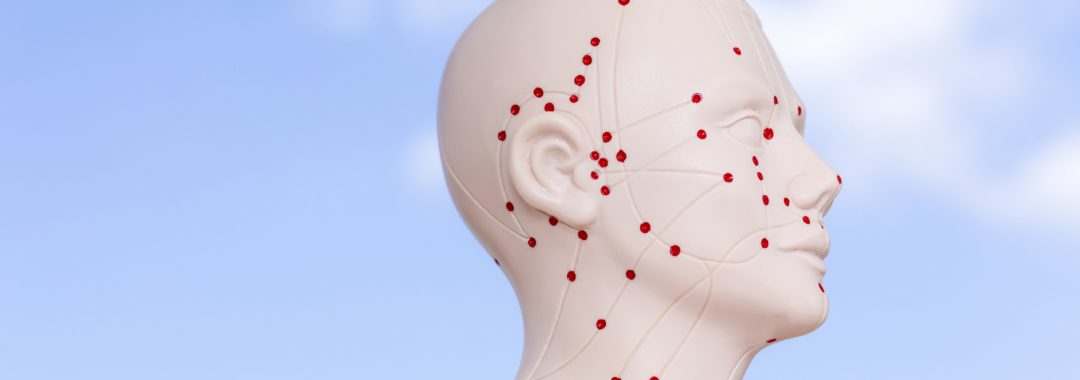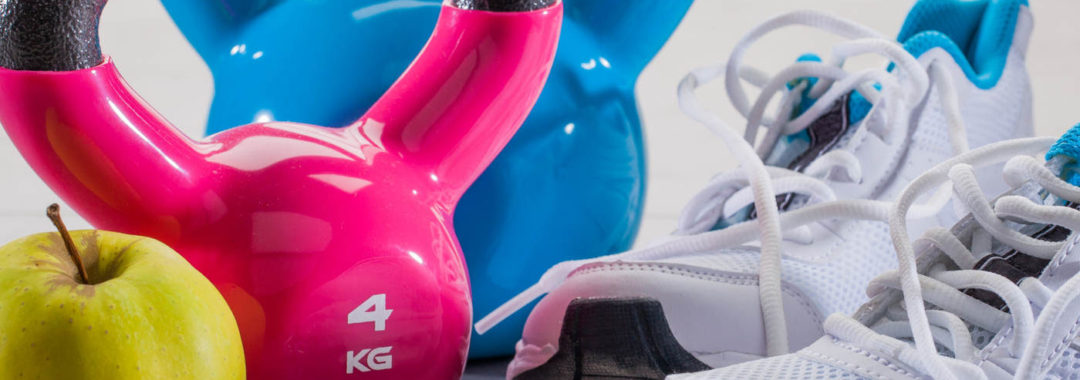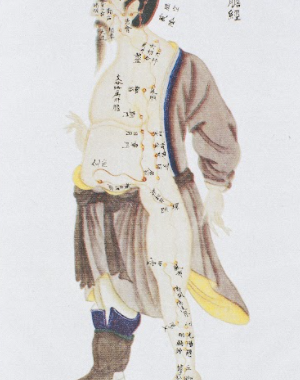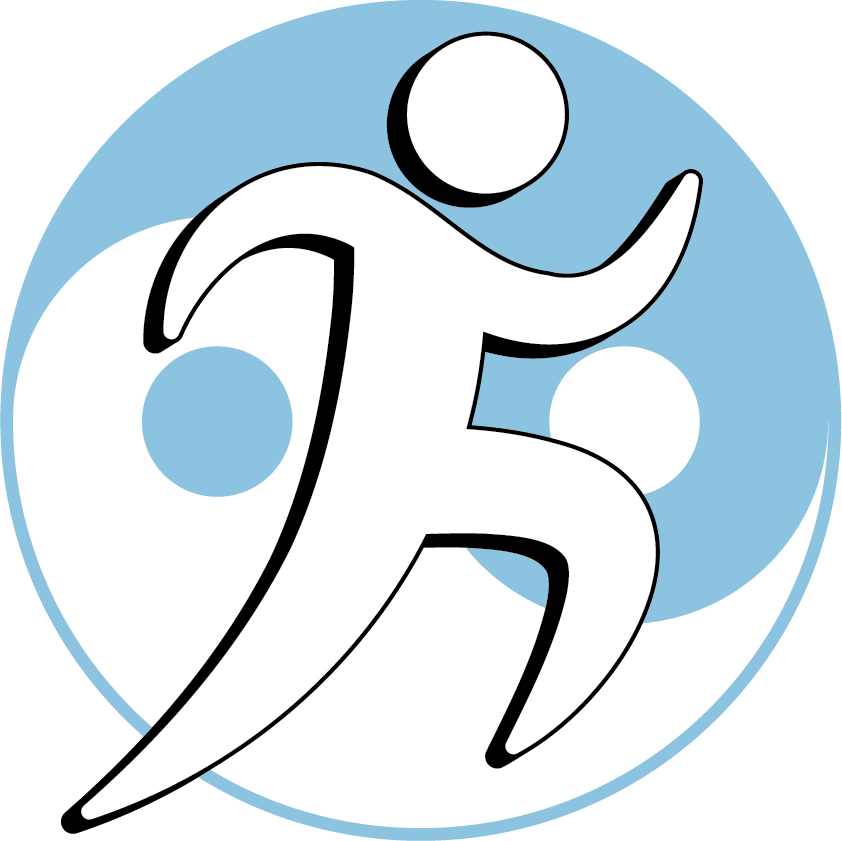Open to access this content
Category Archives: AOM Class Offerings
Acupuncture Orthopedics: Needling the Joints of the Spine and Extremities — In-Person Class
Open to access this content
Acupuncture Orthopedics Webinars – Login Instructions
Please use the Zoom meeting link below to join the webinar:
https://us02web.zoom.us/j/3693587799?pwd=U0IrVWdsbWgxQVZ3U3pMM2I5WlNOdz09
Meeting ID: 369 358 7799
Passcode: 9KunRX
—
One tap mobile
+13126266799,,3693587799#,,,,*271723# US (Chicago)
+16465588656,,3693587799#,,,,*271723# US (New York)
—
Dial by your location
• +1 312 626 6799 US (Chicago)
• +1 646 558 8656 US (New York)
• +1 646 931 3860 US
• +1 301 715 8592 US (Washington DC)
• +1 305 224 1968 US
• +1 309 205 3325 US
• +1 253 205 0468 US
• +1 253 215 8782 US (Tacoma)
• +1 346 248 7799 US (Houston)
• +1 360 209 5623 US
• +1 386 347 5053 US
• +1 507 473 4847 US
• +1 564 217 2000 US
• +1 669 444 9171 US
• +1 669 900 9128 US (San Jose)
• +1 689 278 1000 US
• +1 719 359 4580 US
Meeting
Basics of Neck — Distance Learning Course
Open to access this content
Head, Neck, Thorax — Distance-Learning
Open to access this content
Head, Neck, Thorax — Anatomy Lab for Acupuncturists
Open to access this content
Exercise Therapy for Acupuncturists — In-Person Class
Open to access this content
